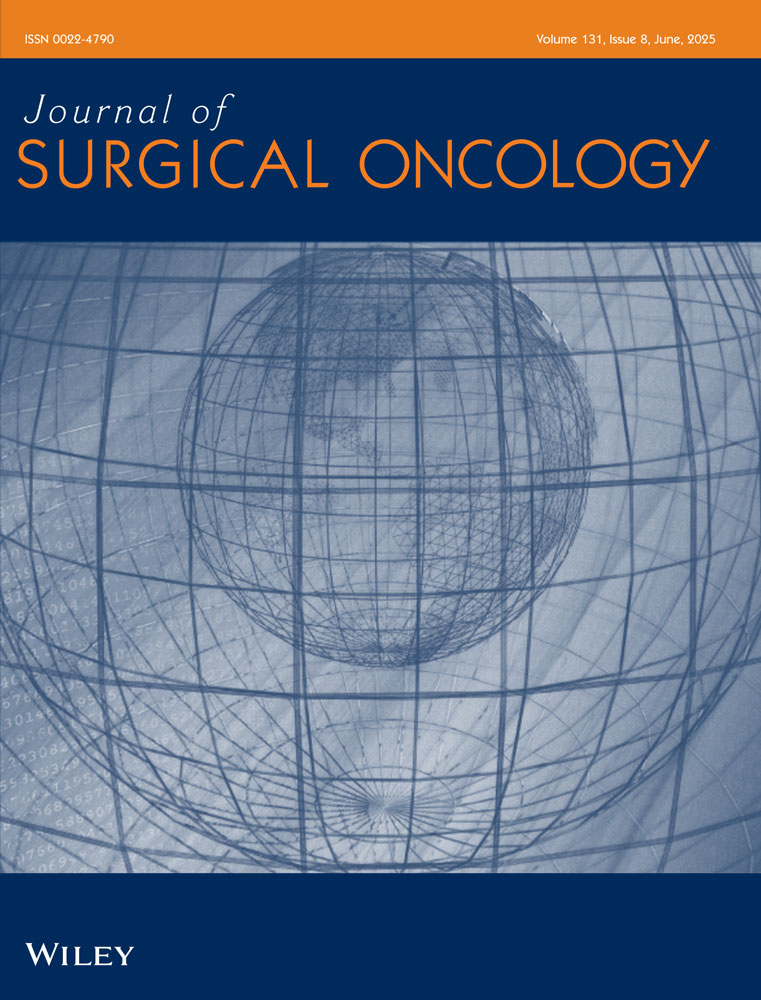Head and neck squamous cell carcinoma: The role of post-operative adjuvant radiotherapy
Abstract
Background
Head and neck squamous cell carcinoma (HNSCC) is one of the leading cancers in India. Since a large majority present in loco-regionally advanced stages, surgery followed by adjuvant post-operative radiotherapy (PORT) has been the mainstay of treatment for resectable HNSCC.
Aim
To identify clinico-pathologic factors that could have an impact on outcome in HNSCC in the postoperative setting.
Materials and Methods
A retrospective review of 348 previously untreated patients with HNSCC who received PORT following curative surgery. The outcome measures were local control, loco-regional control, and disease free survival (DFS).
Results
With a median follow-up of 36 months (range: 2–127 months) for surviving patients, the 5-year local control, loco-regional control, and DFS was 79%, 63%, and 56%, respectively for all patients. On univariate analysis, site of primary was an independent prognostic factor for all the outcome measures (P = 0.005, 0.02, and 0.04, respectively) with oral cavity lesions faring the worst. Peri-nodal extension (PNE) affected loco-regional control (P = 0.002) and DFS (P = 0.0005), but was not predictive for local control (P = 0.9852). Cut margin positivity predicted for inferior local control alone (P = 0.03), the significance of which was lost on multivariate analysis. Cox regression analysis however confirmed the significance of primary site and PNE as independent prognostic factors.
Conclusion
Primary site and PNE are independent factors predicting outcome in the postoperative radiotherapeutic management of HNSCC. J. Surg. Oncol. 2005;91:48–55. © 2005 Wiley-Liss, Inc.




